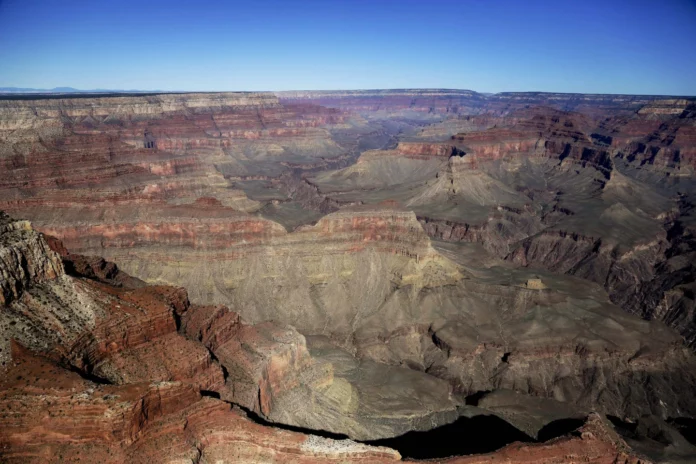
By Cameron Arcand | The Center Square
The federal government opened a tribal health facility in a remote area at the bottom of the Grand Canyon this week.
The Supai Health Station is located in Havasupai, and it took the place of an older, smaller facility. According to the news release, it can only be accessed by walking, “mule or horse” or being flown in a helicopter.
Federal officials touted the opening, as the idea was part of the 2002 Phoenix Area Health Service Master Plan.
“The opening of the new Supai Health Station is a momentous accomplishment that has been in the works for two decades,” Indian Health Service Director Roselyn Tso said in a statement.
“In one of the world’s most remote locations, we are improving access to care and delivering a state-of-the-art health care facility at the bottom of the Grand Canyon. The IHS is raising the physical, mental, social, and spiritual health of American Indians and Alaska Natives, even in the most challenging and remote locations,” she added.
Gov. Katie Hobbs attended the grand opening, and she said in a tweet that it will make it easier for the Havasupai Tribe to maintain their lifestyle.
“This new facility with space for specialty care will finally have access to services that make living a safe and healthy life possible,” the governor posted to X, formerly known as Twitter. “It will also allow the Havasupai Tribe to continue welcoming visitors to the Grand Canyon without having to sacrifice their health or their way of life.”
The station is 12,000 square feet and will provide an array of healthcare services, including access to dental and specialist services. As for the staff who will work at the station, there are “living quarters” in the building due to its remote location. The original clinic from 1972 was only 2,220 square feet, according to the news release.
Although the Grand Canyon National Park’s south-rim entrance is about three and a half hours away from Phoenix, there are no roads into Supai.
“This milestone is a testament to the enduring commitment of the Indian Health Service and our partnership with the Havasupai Tribe,” IHS Phoenix Area Director Dr. Ty Reidhead said in a statement. “We look forward to continuing our work with the tribe as we improve the health and wellness of our patients and tribal communities throughout the Phoenix Area.”
Republished with the permission of The Center Square.













